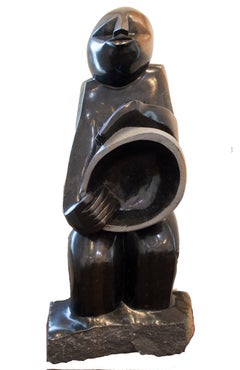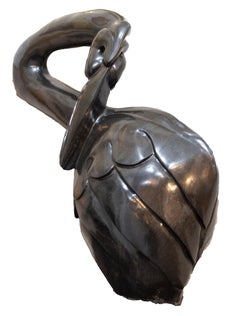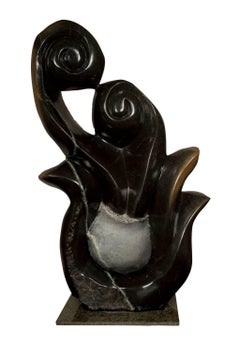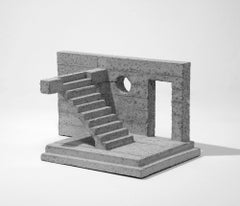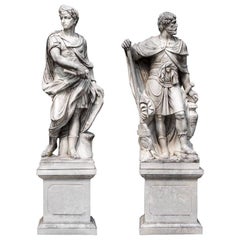Rangarirai Makunde Art
Rangarirai Makunde was born in 1969 in Bikita district, Masvingo province, Zimbabwe. In his early twenties, he moved to Harare, seeking better employment opportunities than were offered in his hometown. There he worked for two years as his uncle Gladman Zinyeka’s assistant and admired the way he created his sculptures. Makunde is one of the most acclaimed artists of the new generation of sculptors. Makunde carves from observance and to bring form out of stone. He began sculpting full time, which enabled him to develop his own unique style. With stone sculpting, he finally discovered a means of expressing himself. His favorite stones to work with are the hardest ones. His creations radiate a distinctively vibrant energy and color. Makunde takes particular pride in his finishes and unlike many of the other sculptors, he prefers to do the last stage of polishing himself, up to the final finish. He has had several exhibitions to his credit.
Early 2000s Contemporary Rangarirai Makunde Art
Stone
Early 2000s Contemporary Rangarirai Makunde Art
Stone
Early 2000s Contemporary Rangarirai Makunde Art
Stone
Early 2000s Rangarirai Makunde Art
Stone
2010s Contemporary Rangarirai Makunde Art
Concrete
Late 20th Century Modern Rangarirai Makunde Art
Marble
2010s Baroque Rangarirai Makunde Art
Limestone
20th Century Academic Rangarirai Makunde Art
Marble
20th Century Academic Rangarirai Makunde Art
Limestone
2010s Contemporary Rangarirai Makunde Art
Concrete
1790s Academic Rangarirai Makunde Art
Marble
2010s Baroque Rangarirai Makunde Art
Limestone
20th Century Academic Rangarirai Makunde Art
Limestone
1850s Rangarirai Makunde Art
Marble
21st Century and Contemporary Contemporary Rangarirai Makunde Art
Concrete
1930s Academic Rangarirai Makunde Art
Limestone
